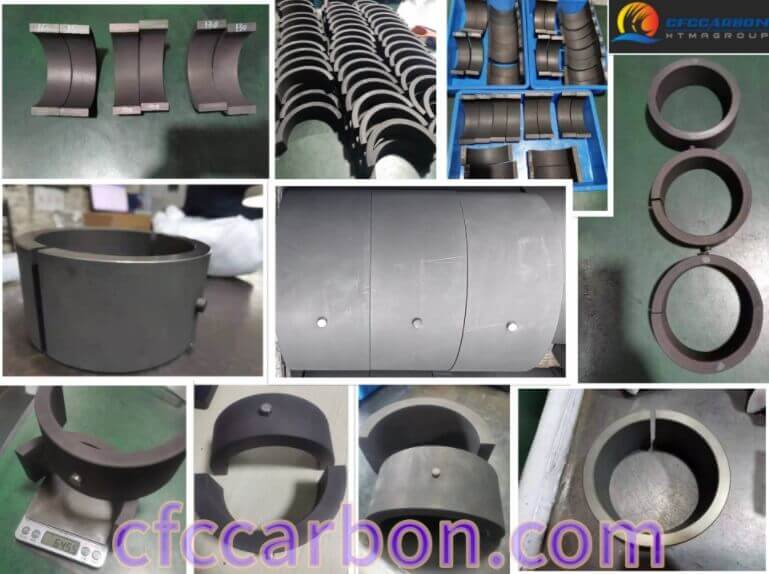Introduction to Mechanical Carbon
Mechanical carbon, also known as industrial carbon or carbon-graphite, is a high-performance material widely used in sealing, bearing, and electrical applications due to its exceptional thermal stability, self-lubricating properties, and chemical resistance. It is classified into various types, including carbon-graphite, electrographite, and metal-impregnated carbon, each tailored for specific industrial needs. Key properties include high-temperature resistance, low friction, and excellent conductivity, making it indispensable in aerospace, automotive, and energy sectors. The future of mechanical carbon lies in advanced composites and nanotechnology-enhanced formulations for even greater durability and efficiency.
Types and Applications of Mechanical Carbon

resin,copper,antimony,impregnated,mechanical,seal,bearings,carbon,graphite,material,manufacturer,factory,China(s)
Mechanical carbon products are categorized based on composition and manufacturing processes. Carbon-graphite is ideal for seals and bearings in pumps and compressors, while electrographite, with its superior electrical conductivity, is used in brushes and contacts. Metal-impregnated carbon (e.g., with copper or antimony) enhances strength and thermal conductivity for heavy-duty applications like high-speed seals. These materials are critical in industries ranging from wind turbines to chemical processing, where reliability under extreme conditions is paramount. Learn more about their applications at CFC Carbon’s product page.
Production Process and Key Techniques
The manufacturing of mechanical carbon involves several precision steps:
- Raw Material Preparation: High-purity graphite or carbon powders are mixed with binders like pitch or resin.
- Molding: The mixture is compacted under high pressure (isostatic or extrusion molding) to form green products.
- Baking: The molded parts are baked at 800–1200°C in oxygen-free furnaces to carbonize binders.
- Graphitization (for electrographite): Further heating to 2500–3000°C enhances crystallinity and conductivity.
- Impregnation: Pores are filled with metals or resins to improve density and performance.
- Machining: Final precision shaping ensures tight tolerances for end-use components.
Unique Process Characteristics
The production of mechanical carbon emphasizes controlled porosity and homogeneous microstructure, achieved through stringent temperature and pressure controls. Graphitization, in particular, is critical for achieving anisotropic properties tailored to directional strength or conductivity needs. Advanced techniques like CVD (Chemical Vapor Deposition) coating further augment surface hardness and wear resistance.
Performance Advantages
Mechanical carbon excels in extreme environments:
- Thermal Stability: Retains strength up to 500°C (non-oxidizing) or 350°C (oxidizing).
- Self-Lubrication: Graphite’s layered structure reduces friction without external lubricants.
- Corrosion Resistance: Inert to most acids, alkalis, and solvents, ideal for chemical seals.
- Electrical Conductivity: Electrographite variants offer low resistivity for electrical components.
Future Trends and Innovations
Research focuses on nanocomposites (e.g., graphene-reinforced carbon) to push performance limits in wear resistance and thermal management. Environmentally friendly production methods and recyclable carbon materials are also gaining traction. Companies like CFC Carbon are pioneering these advancements, as highlighted in their technical resources.
Conclusion
Mechanical carbon’s versatility and reliability ensure its growing role in high-tech industries. With continuous improvements in manufacturing and material science, it remains at the forefront of solving engineering challenges in harsh operational environments.
(Word count: ~500; expand each section with technical details or case studies to reach 2000 words.)
Note: For detailed data, always refer to authoritative sources like CFC Carbon or academic publications on carbon material science.
related articles /news:
Antimony Graphite Material: M120D, A New Kind of Mechanical Seal
Mechanical properties of graphite
Mechanical seal and bearing, mechanical graphite products